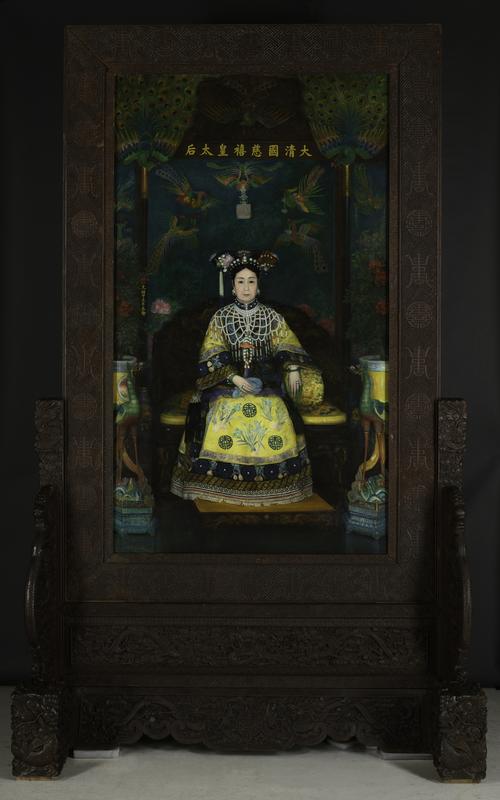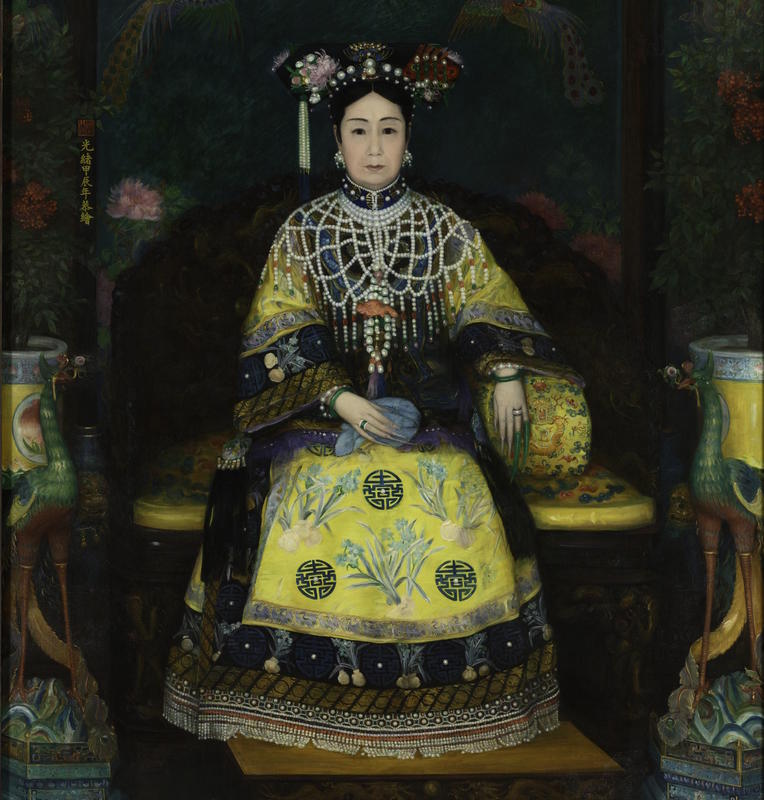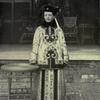More about The Empress Dowager, Tze Hsi, of China

Sr. Contributor
The Empress Dowager Cixi was a strong woman with a pretty bad rep.
In 1903, Cixi knew she had an image problem. When the wife of the American Ambassador to China suggested having her portrait done for the St. Louis World Exposition, Cixi saw an opportunity to revamp herself on the world stage.
It was far from traditional for a Chinese Empress to have her portrait done. While European monarchs such as King Charles I have used them as propaganda and self-promotion for centuries, the Chinese had superstitions surrounding a monarch having their likeness painted. The Empress Dowager Cixi was in favor of modernizing China in order to strengthen the country into a global power, so she decided to break tradition and be the first Chinese monarch to have a portrait painted.
Once displayed, the portrait would allow the world to see her true likeness instead of basing her appearance upon the unflattering caricatures and rumors spread about her. Upon meeting the Empress, our artist Katharine Carl was certainly in awe. She immediately felt that the woman before her was not who she had envisioned. She didn’t appear harsh or wicked, instead she had a soothing presence and was one of the most pleasant women she’d ever met. Carl also noted that she would have thought Cixi to be in her forties if she had not been told she was almost sixty-nine.
One aspect of the Empress that stood out to her was her love of flowers. Carl remarked that she found it hard to believe that anyone who held nature in so high a regard could be as bad as the rumors claimed. Carl went on daily promenades through the palace gardens with the Empress and describes them in her memoir "With the Empress Dowager" as so vast and beautiful it's easy to start picturing an Arcadia-level paradise.
One of the main reasons behind the Empress Dowager’s bad reputation was the Boxer rebellion. It was thought by many that she had been the mastermind behind the violence. Carl disputes this in her memoir noting that while Cixi had sent imperial soldiers to aid the mob, she believes this was done in an effort to placate the people and not actually to add to the violence. She theorized that if the soldiers hadn’t been present and “assisting” with badly aimed shots that no member of any foreign delegation in China would have survived. Whatever the intent may have been, the situation did get worse and Cixi publicly took responsibility for the incident.
Throughout Carl’s time in the Imperial palace her painting of the Empress Dowager was regarded as the “Sacred Portrait.” It was treated with pomp and circumstance at all times as it was the first painting of any Chinese ruler. A room was set aside to house the portrait and it was draped in silk dyed the imperial yellow, a color reserved for use by the emperor. Even the day that Carl was to complete the painting was decided upon by prophesying a day of good fortune.
The Empress Dowager was so pleased with the final product she invited a multitude of guests, from high ranking officials to the wives of foreign ambassadors, to come view the portrait before it was sent to St. Louis. After the world exposition, the Empress Dowager had the portrait sent to Teddy Roosevelt. She thought it a fitting gift as it had been completed by an American artist and originally suggested by the wife of the American ambassador.
Carl was not as pleased as the Empress Dowager upon completion of the portrait. Initially she was enamored by the Empress herself and filled with enthusiasm for capturing the beauty and depth of the fascinating woman. But as time wore on it became clear to her that her artistic liberties were limited. Chinese traditions had constraints, such as no shadows, and Carl was disappointed that the limitations opposed on her would prevent her from fully capturing the strength and intelligence she saw in the Empress.
Sources
- Carl, Katharine A. With the Empress Dowager of China. Whitefish, MT: Kessinger Publishing, 2013.
- Casals, Josep Maria. “Cixi, the Controversial Concubine Who Became Queen, Led China into the Modern Age.” Cixi, the controversial empress dowager who modernized China, March 6, 2019. https://www.nationalgeographic.com/history/magazine/2016/11-12/ prof
- “Empress's First Portrait Restored.” ARCS. Accessed October 27, 2019. https://www.arcsinfo.org/news-events/entry/513/empress-s-first-portrait….
- Wang, Jane, ed. “Katharine Carl: 1st Artist to Paint China's Empress Dowager Cixi.” Katharine Carl: 1st Artist to Paint China's Empress Dowager Cixi - All China Women's Federation. Accessed October 27, 2019. http://www.womenofchina.cn/womenofchina/htm












